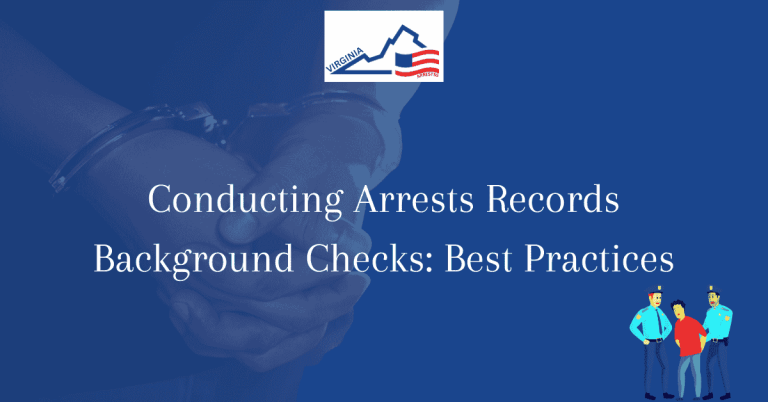Mugshots Explained: What They Mean and How to Find Them
Mugshots are a common sight in various law enforcement databases and online resources. They serve as a visual record of an individual’s interaction with the legal system, capturing a moment in time that can have lasting implications. Understanding the meaning behind mugshots is crucial for individuals seeking information or trying to navigate legal processes. Knowing how to find mugshots can provide insight into a person’s past interactions with the law and help in making informed decisions.
Whether you are researching someone’s background or simply curious about the mugshot phenomenon, delving into the world of mugshots can be both enlightening and informative. By exploring the significance of mugshots and learning where to locate them, individuals can gain a better understanding of this aspect of the legal system. Stay tuned to discover more about mugshots and how they can impact various aspects of society.
Unveiling Mugshots: Documentation and Identification in Law Enforcement
Mugshots are photographs taken by law enforcement agencies to document the appearance of an individual at the time of their arrest. They serve as a visual record of a person’s facial features, tattoos, scars, and other identifying marks. The primary purpose of mugshots is to create a permanent record of an individual’s criminal history and aid in the identification of suspects.
Definition and Function of Mugshots
Mugshots, also known as booking photos, are standard procedure when someone is arrested and taken into police custody. These photographs are used by law enforcement agencies for various purposes, including identifying suspects, tracking criminal histories, and sharing information with other agencies.
Law Enforcement Takes Mugshots
Law enforcement takes mugshots to establish a visual record of an individual’s appearance at the time of their arrest. These photographs are used for identification purposes, maintaining accurate records of individuals in custody, and aiding in investigations and court proceedings.
History and Evolution of Mugshots
Historically, mugshots have been used since the mid-19th century to document criminal offenders. The practice of taking mugshots has evolved over time, with advancements in technology leading to more accurate and detailed photographs.
Origins of Mugshots
The first mugshots were taken in the 1850s by Belgian police officer Alphonse Bertillon, who developed a system of anthropometry for identifying criminals based on physical measurements. This method later evolved into the mugshot photography we are familiar with today.
Technological Advances in Mugshot Photography
With the advent of digital photography and biometric technology, mugshots have become more standardized and accessible. Modern mugshot databases allow law enforcement agencies to quickly search and compare photographs, aiding in the identification and apprehension of suspects.
Accessing Mugshots
Accessing mugshots can vary depending on the jurisdiction and the individual’s privacy rights. In some cases, mugshots are considered public records and may be available through official channels or online databases.
Public Records and Mugshot Databases
Many law enforcement agencies make mugshots available as public records, allowing individuals to access them through official channels such as police departments or court records. Online databases also exist that compile mugshots from various sources for easy access.
Online Resources for Mugshot Searches
There are numerous online resources that offer mugshot search services, allowing individuals to look up booking photos and criminal records. These websites often provide mugshots as part of a larger database of public records and background information.
Interpreting Mugshots
Interpreting mugshots requires an understanding of facial expressions, body language, and the legal implications of these photographs.While mugshots can be valuable aids for law enforcement, they should be interpreted with caution and consideration of various factors.
Reading Facial Expressions and Body Language
Mugshots can capture a range of emotions and expressions, which may provide valuable insights into an individual’s state of mind at the time of their arrest. Reading facial expressions and body language in mugshots can help investigators assess a suspect’s demeanor and potential motives.
Legal Ramifications of Mugshots
From a legal standpoint, mugshots are considered public records and may have implications for an individual’s privacy rights and reputation. Understanding the legal implications of mugshots, including how they can be used in court proceedings or shared with the public, is essential for both law enforcement and individuals depicted in these photographs.
Frequently Asked Questions
Our Frequently Asked Questions section aims to provide you with detailed information about Mugshots Explained: What They Mean and How to Find Them. Please take a moment to read through the following FAQs to enhance your understanding.
What is a mugshot?
A mugshot is a photograph taken by law enforcement agencies when an individual is arrested. It typically includes a frontal view of the person’s face and a side view.
Why are mugshots taken?
Mugshots are taken for identification purposes and to create a record of the individual’s arrest. They are used by law enforcement agencies, courts, and the media.
How can I find someone’s mugshot?
There are several ways to find someone’s mugshot, including searching online databases, contacting the local police department, or requesting public records through the Freedom of Information Act.
Are mugshots public record?
Yes, mugshots are considered public record in most states. This means that they can be requested and viewed by the general public.
Can mugshots be removed from the internet?
It can be challenging to have mugshots removed from the internet, as many websites legally publish them. However, some individuals opt for mugshot removal services to help eliminate their online presence.
What should I do if I find my mugshot online?
If you find your mugshot online, consider reaching out to the website hosting it to request its removal. Additionally, you can seek legal counsel to explore further options for removing or suppressing the image.







